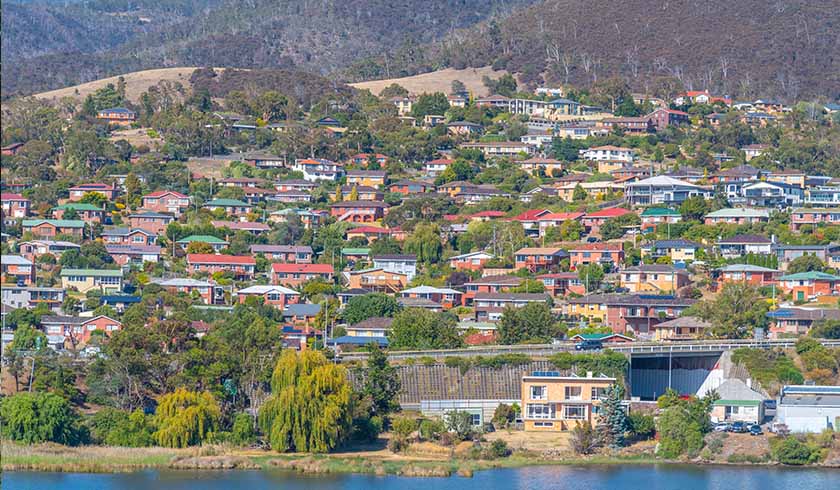Is 2021’s property price growth unprecedented?
The country’s property market may be extremely hot, but new data reveals that this isn’t the fastest rate at which Australian property prices have increased.

PropTrack’s analysis of house price growth in Australia from 1880 to now has found that the country is currently experiencing the third-fastest rate of increasing prices in its history.
Though capital city house prices grew by 22 per cent over the past year in inflation-adjusted terms, this pales in comparison to the record 111 per cent surge experienced in 1950, off the back of wartime price controls coming to an end.
The figures from 2021 also don’t quite reach the levels seen in the 1980s when financial deregulation came into effect, prompting a 29 per cent rise.
But according to PropTrack economist Paul Ryan, the swift escalation experienced in 2021 may be unique in some ways.
“While the previous historical episodes of very strong price growth have both been followed by price falls, it is hard to see the same downturns befalling the current market, at least in the near-term,” Mr Ryan said.
In Mr Ryan’s view, the outlook for growth in the coming period appears solid, though he noted it was unlikely to continue at its current pace.
“While the large number of property listings, particularly in Sydney and Melbourne as they come out of the most recent lockdowns, may put some downward pressure on prices, there remains a very high number of buyers in the market on realestate.com.au waiting to find their new home,” Mr Ryan said.
Though he highlighted that APRA’s tightening of credit conditions would have a cooling effect, “overall borrowing conditions remain very favourable,” he said, noting that the RBA had reaffirmed its expectations that interest rates would not rise for another two years.
And according to PropTrack, this moment is also distinct for the circumstances that led to the rapid rate of growth.
“House prices have shot up recently following initial uncertainty at the onset of the COVID-19 pandemic,” Mr Ryan explained. “Exceptionally low borrowing costs, as well as the ability for more people to work from home, have driven price increases across the country, putting particular pressure on regional areas.”
In previous examples of sudden price increases, regulatory changes precipitated the sudden surge.
In the 1950s, wartime regulations that allowed the government to control rent and house prices in response to the economic effects of the second world war were repealed. Prices soon doubled, in the biggest increase to real estate holdings the country has ever seen.
In the 1980s, the removal of limits on interest rates for loans, the floating of the Australian dollar, and the introduction of competition from foreign banks led to significant changes in the sector. Improved access to credit helped facilitate the housing price boom in 1989, but rapid price growth culminated in a financial crisis, which saw the market recede in the following years.
